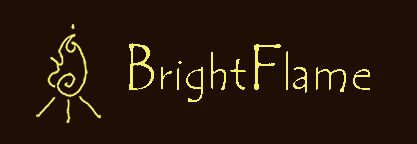Mention Indian and some may think of the 1700 and 1800s. They may think all Indians live on reservations in the plains states. They may think that Indians wear beads, braids, feathers and that you can tell who is an Indian by looks.
Whose land are you on?
Click on the map for one resource to know whose land you are on
Colonizers like Columbus pushed Original People from their lands, cheated them, killed them.
I’m writing from the unceded territory of the Lenape, the Original Caretakers of the Delaware and Hudson River watersheds in the US, Lenapehoking. While I make my home here, I am a white woman, a settler on these lands. I strive to be an ally to the Original People, the Lenape who live in New York, New Jersey and Pennsylvania, who may be involved in land fights, in water protection, in fights to protect their right to hold ceremony, in toxic cleanups, in nature’s rights, and other struggles for justice. If you are not Indigenous to your area, ask how you can be an ally to the Original Caretakers.
the Original Caretakers of the Delaware and Hudson River watersheds in the US, Lenapehoking. While I make my home here, I am a white woman, a settler on these lands. I strive to be an ally to the Original People, the Lenape who live in New York, New Jersey and Pennsylvania, who may be involved in land fights, in water protection, in fights to protect their right to hold ceremony, in toxic cleanups, in nature’s rights, and other struggles for justice. If you are not Indigenous to your area, ask how you can be an ally to the Original Caretakers.
Bring land acknowledgment into your practice, into your conversations, into your routines, not in a token way, but in a way that will support the Original People. For instance, ask what issues they face and what support you can offer. Educate others. Grow the support.
Seek out books by Native authors. Two recent works of fiction (among many): Tommy Orange’s There There portrays a dozen urban Indians and their interconnected lives. Rebecca Roanhorse’s Sixth World series is an apocalyptic fantasy.
Change your language about what holiday this is in the US: Indigenous People’s Day.


